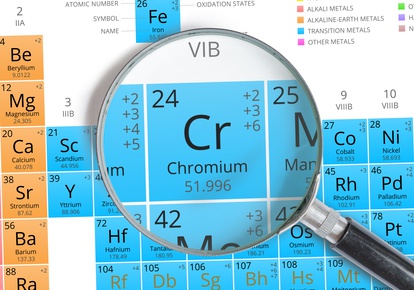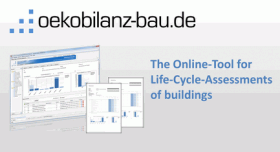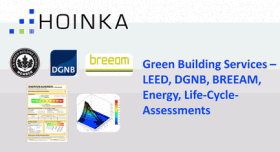21.02.2017 Heavy metals such as lead, cadmium, chromium, copper, zinc, and tin can harm humans and the environment. To avoid these pollutants, only a small share of building products is permissible according to DGNB criterion ENV 1.2 “Risks for the local environment”.

Image: © vchalup – Fotolia.com
Heavy metals
The group of heavy metals includes substances such as lead, cadmium, chromium, copper, zinc, and tin. These metals are often used in coatings for metal and plastic products.
Heavy metals harm both the environment and human health. Although copper, zinc, and tin are essential trace elements for humans, they can have an adverse effect on the body in large amounts. Lead can damage kidneys and the cardiovascular system. Heavy metals are transmitted in buildings through emissions and reach respiratory passages through the air. The pollutants also get into tap water via potable water pipes that are coated with heavy metals.
Consideration of heavy metals in the DGNB system
According to DGNB criterion ENV 1.2 “Risks for the local environment”, no lead, cadmium, or chromium VI compounds may be used in coated metal components such as façade elements or radiators. In addition, the content of lead and tin in plastic products, such as floor coverings, films, or windows, may not be greater than 0.1 percent. Further requirements for heavy metals are also available for aluminum and stainless steel claddings, as well as for roofing, gutters, and downspouts.
We are happy to assist you with rating your products in accordance with the DGNB. >> Contact

 English
English










